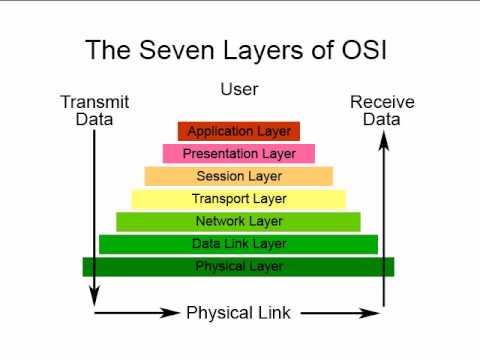
Definition of Physical Layer in The Network Encyclopedia.
Physical Layer is the first Layer (or the PHY layer) of the Open Systems Interconnection reference model, also known as the OSI Model or the Seven Layer Model. The physical layer is the bottom layer of the seven-layer OSI networking architecture model.

It establishes the physical interface and mechanisms for placing a raw stream of bits onto the wire. It defines the voltage, current, modulation, bit synchronization, connection activation and deactivation, and various electrical characteristics for the transmission media (such as unshielded or shielded twisted-pair cabling, coaxial cabling, and fiber-optic cabling). Protocols at the PHY layer include IEEE 802.3, RS-232C, and X.21. Repeaters, transceivers, network interface cards (NICs), and cabling operate at the PHY level.
The main functions of the physical layer (PHY layer) in the OSI Reference Model are:
Physical layer technologies are at the very lowest level and deal with the actual ones and zeroes that are sent over the network. For example, when considering network interconnection devices, the simplest ones operate at the PHY layer: repeaters, conventional hubs, and transceivers. These devices have absolutely no knowledge of the contents of a message. They just take input bits and send them as output. Devices like switches and routers operate at higher layers and look at the data they receive as being more than voltage or light pulses that represent one or zero.
The Internet protocol suite, as defined in RFC 1122 and RFC 1123, is a high-level networking description used for the Internet and similar networks. It does not define an equivalent layer that deals exclusively with hardware-level specifications and interfaces, as this model does not concern itself directly with physical interfaces. Several RFCs mention a physical layer and data link layer, but that is in the context of IEEE protocols. RFC 1122 and 1123 do not mention any physical layer functionality or physical layer standards.